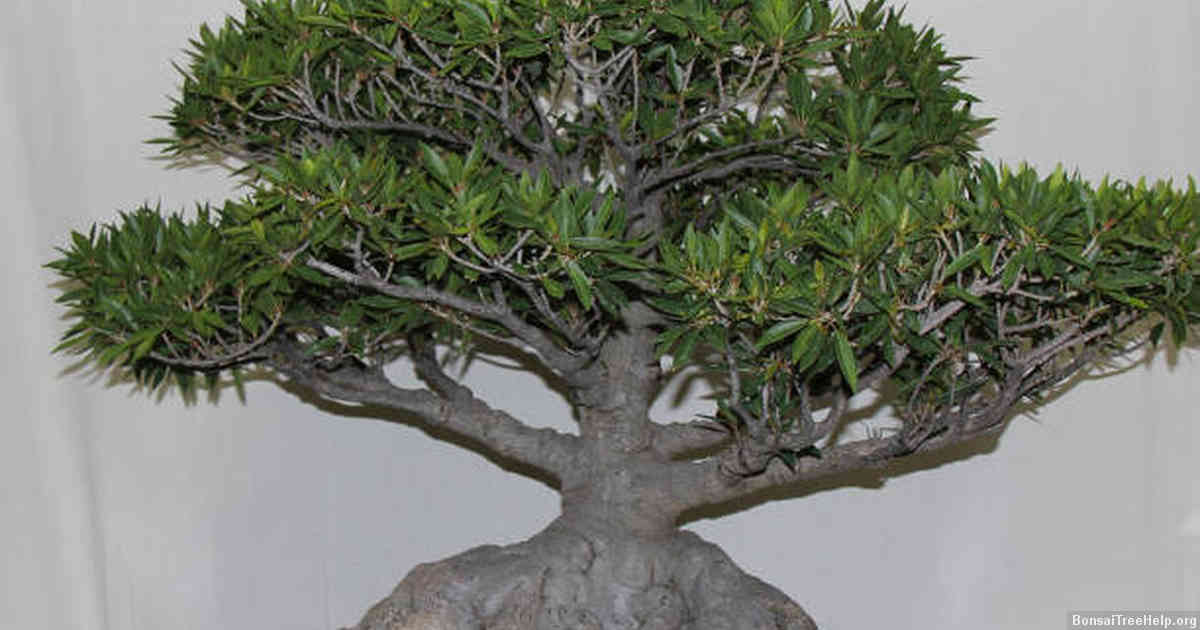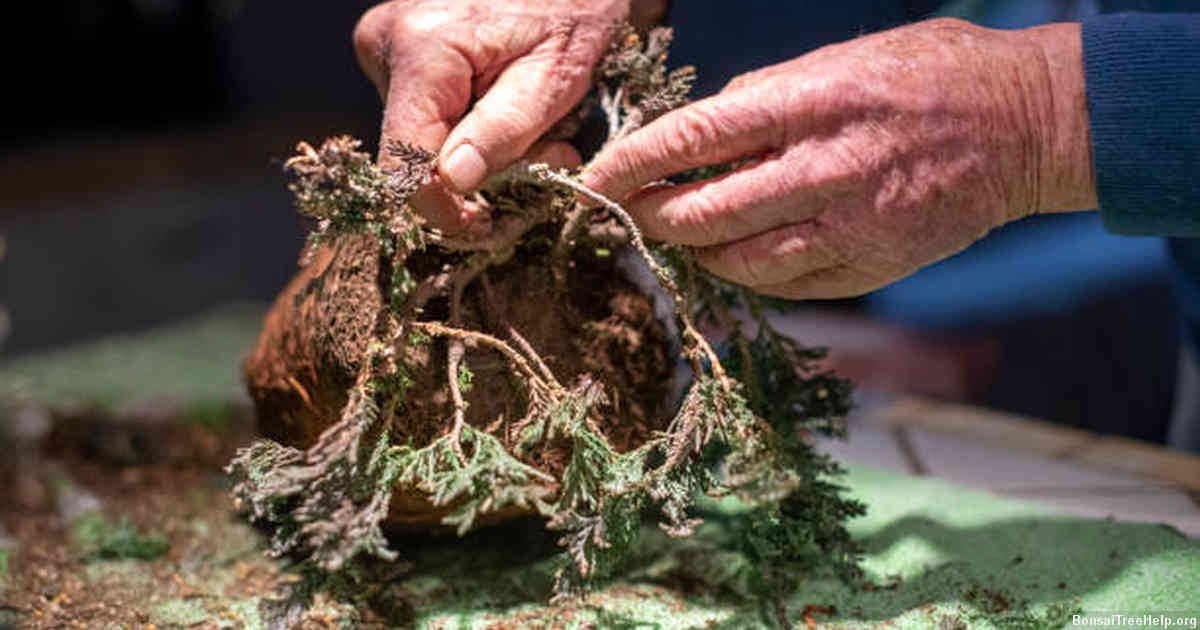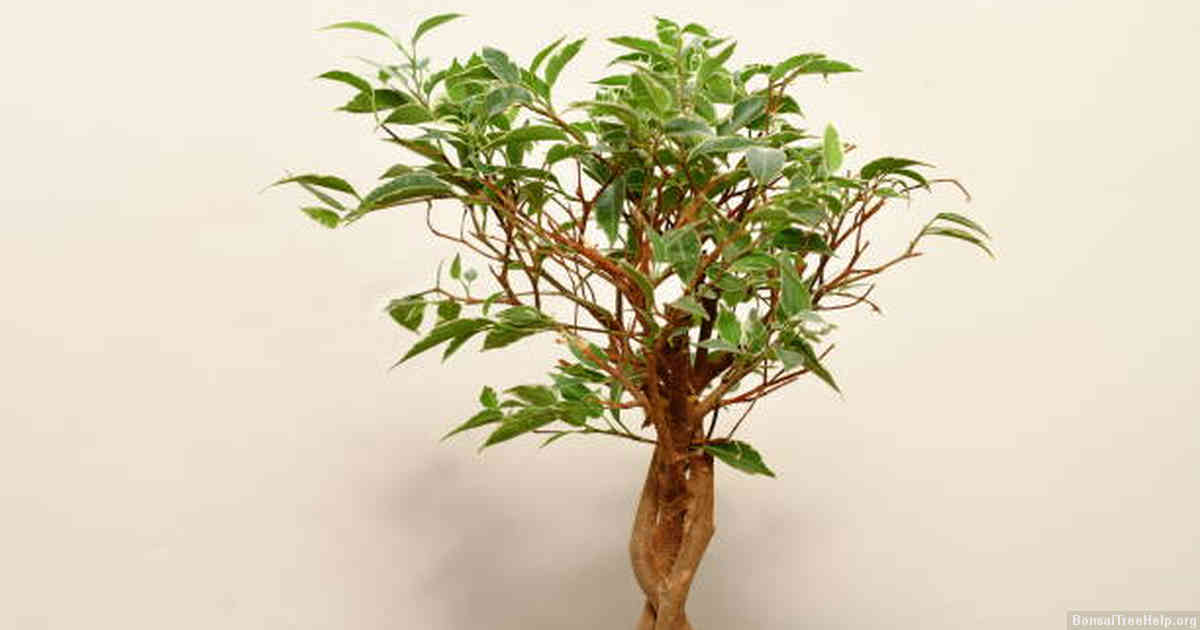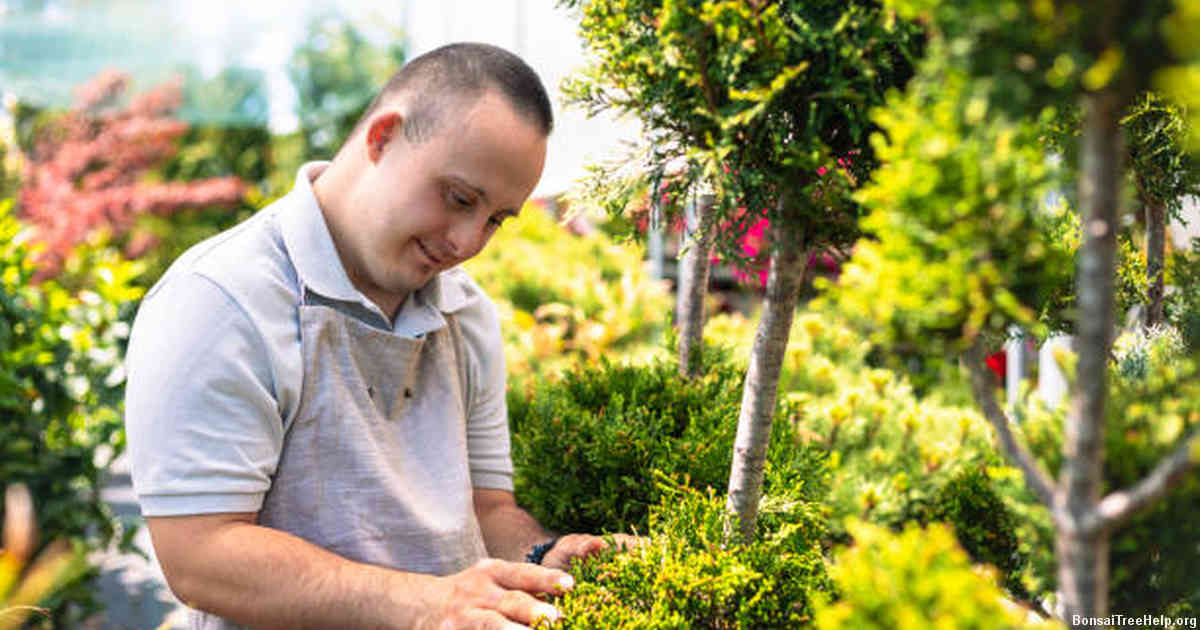
1. Begin by pruning the baobab tree in late winter while it is still dormant. Prune out any dead or damaged branches, and cut back stems to create an attractive shape. Remove any shoots that are growing too fast, as these can overtake the bonsai over time.
2. Transplant your bonsai into a container with well-draining soil specially formulated for bonsais. It should be of appropriate size so that only minimal root pruning is needed when you repot it every two to four years. Place pebbles at the bottom of the container for drainage before adding soil mix from your local garden centre or nursery.
3. Place your baobab bonsai outdoors in full sun exposure during warm months but bring it inside during extreme temperatures and cold spells to protect its roots from freezing conditions. Water thoroughly at least once a week and mist daily in summer months with filtered water to increase humidity levels around the plant’s foliage.
Contents:
Introduction

Crafting a baobab bonsai is an exhilarating endeavor that can bring your love of nature indoors. The Baobab tree, native to Africa and Australia, is a majestic tree full of character and beauty. Through careful pruning and guidance, you can create miniature versions of these trees with up to six hundred years of age and wisdom. In this guide we will discuss the basics of creating a Baobab bonsai including potting techniques, pruning, fertilizing techniques and more.
Though the process may seem intimidating at first glance, it is quite straightforward once you understand the fundamentals. Before beginning any work on your bonsai, it’s important to find a good source for high-quality saplings; they should have healthy root systems and be free from disease or pests. You’ll also want to choose suitable pots for your project – preferably made from clay rather than plastic – which will allow for proper drainage as well as provide adequate space for growth.
Next up is trimming. This step involves removing dead branches as well as shaping the overall silhouette of your baobab by shortening its limbs or removing parts that don’t conform to its desired shape; it should take about two hours if done properly. If you want to ensure symmetry within your miniature masterpiece then consider marking out guidelines before getting started with the snippers. Yet importantly make sure not to cut too deeply – both branches and roots are very delicate when dealing with bonsais so take caution when handling them!
Choosing the Right Baobab for Bonsai

Bonsai making is an intricate craft and requires thoughtful consideration when selecting the baobab. To make a successful bonsai from any tree species, it is essential to choose the right one. Baobab trees are generally slow growing and can take hundreds of years to reach maturity, so finding one that will fit the desired size of your final bonsai sculpture is key.
The ideal baobab for bonsai should be young, which in this case means not exceeding 12 inches in height. The thinner trunks with less branches are more suitable as they look more like a mature tree. It is best if you purchase a tree that has already been pruned rather than attempting to do this yourself unless you have prior experience handling delicate plants such as these. Be sure to check for signs of pests or disease on the trunk before buying – any visible defects mean it won’t last long and won’t be suitable for your bonsai project.
It is also important to consider where you purchase your baobab from – many nurseries offer online ordering services or specialize in specific types of trees. Make sure you research their reputation beforehand and order from a reputable nursery if possible, as this will ensure quality growth material for your future masterpiece.
Preparation of the Pot and Soil Mix

To properly prepare a pot and soil for a baobab bonsai, one must consider both the plant’s current size as well as its projected future growth. For smaller trees, shallow pots ranging from 4-6 inches deep are ideal to ensure roots have enough space to spread out while still receiving plenty of air circulation. Likewise, larger specimens can be placed in deeper containers if needed, with consideration given to how quickly they will fill out the pot.
When selecting the substrate mix for your bonsai tree, it is important to pick something that promotes good drainage and aeration yet also retains moisture since baobabs tend to favor moist environments. A proper blend should include two parts loam soil or quality compost mixed with one part sand or grit by volume. Peat moss may help prevent excessive drying out without compromising the porosity of the soil mix. Create an ideal draining layer at the bottom of your container by filling it in with small stones or other coarse materials before adding your potting mix on top.
Pruning and Shaping Techniques

Pruning and shaping your baobab bonsai tree is a delicate but important part of the process. For optimal growth, pruning should be done on a regular basis. The frequency of pruning depends on how much light and humidity you provide your plant as well as how quickly it grows. Generally speaking, older branches should be trimmed more often than younger ones to keep their shape intact. Cutting off dead or unhealthy leaves ensures that the tree retains its lush greenery and prevents any diseases from affecting it.
When cutting off branches, always use sharp scissors or shears for precise cuts to avoid causing any damage to the plant’s fragile structure. It’s recommended to cut in at an angle, thus allowing new growth to fill out evenly later down the line – this will help create a symmetrical and aesthetically pleasing look for your bonsai tree over time. On top of that, experts suggest that too much foliage can smother the development of your baobab so you may want to remove some of them if necessary during trimming sessions.
Wiring helps promote strong trunks while maintaining symmetry between both sides of the bonsai trunk which makes it easier to control its growing direction in subsequent stages. Once wired correctly with copper or aluminum wire ensure that you check up periodically throughout the year as pressure put on by the wires could easily cause permanent damage if left unattended for long periods of time.
Watering and Fertilization

Watering a baobab bonsai tree is essential for its proper growth and health. The best way to ensure this is by deeply soaking the soil once every week or two, but it should never remain wet for more than 24 hours. If it does stay wet for too long, the roots may rot or become susceptible to fungal disease. The frequency of watering should depend on the weather – if it’s particularly hot, you may need to water more often to keep your bonsai healthy and happy.
In terms of fertilizing your baobab bonsai, you’ll want to use an organic fertilizer with trace elements throughout spring and summer. In autumn, switch to a slow-release fertilizer that is low in nitrogen but rich in phosphorous and potassium. For winter care, do not fertilize as your bonsai enters dormancy; instead focus on ensuring they receive enough light at this time while still allowing them some rest from their growing season work.
When potting your baobab bonsai make sure you use appropriate fast draining soil mix so that moisture isn’t held in the soil longer than necessary – otherwise there’s a risk of root damage due to over-watering.
Protection from Pests and Diseases

Though baobab bonsais are generally hardy plants and can be low-maintenance with the right environment, it is still important to watch for pests and diseases. Common plant issues such as aphids, root rot and fungal infections can affect a baobab if not taken care of properly. Prevention is key in protecting your treasured bonsai from unwanted intruders.
Start by ensuring that your baobab is placed in a potting mix that drains well–poor drainage leaves standing water which increases risk of root rot or other fungal diseases. If the bonsai has been recently repotted, check for soil compaction before planting; this prevents air from circulating around the roots and allows molds to form easily. Examine surrounding conditions such as temperature range, light exposure and humidity level to make sure they all meet the needs of your tree species. Too much sun or heat can dry out the soil too quickly, leaving you vulnerable to an influx of pests looking for sustenance.
Frequent inspections should also be done to look for any signs of infestation or disease. Keep an eye out for discoloration on leaves or wilting–these could signal a potential problem. It’s also important to remember proper pruning techniques when removing dead foliage or branches as improper cutting can lead to further damage down the line if one isn’t careful. If you have dealt with pests before with other plants near your baobab, consider applying natural sprays like neem oil solution regularly to prevent reoccurrence.
Conclusion

Creating a baobab bonsai is an incredibly rewarding experience. Although the process can be time consuming and tricky, with patience and proper care, your efforts will pay off as you see your sapling slowly transform into a beautiful miniature tree. This exotic variety of bonsai is sure to bring life and vibrancy to any room it’s placed in.
Begin by selecting a healthy specimen of baobab tree that has been grown from seedling for at least 1-2 years. Once this is done, prune branches consistently every few months using sharp scissors or wire cutters according to the desired shape and style you’d like your bonsai to take on over time. Keep in mind that pruning too frequently may inhibit growth while neglecting to trim away dead wood can lead to distorted shapes or even death of your bonsai. It is also important not to use excess amount of fertilizer as this could cause damage or encourage roots and stem growth instead of foliage growth.
As with other types of trees, adequate amounts of water should be provided daily, depending on the climate where it’s planted outdoors or seasonally indoors – but take caution not let the soil get overly saturated which could cause root rot due issues related to excessive moisture levels. Moreover, re-potting should be carried out about every two years when signs are given that new growth requires additional space for nourishment such as delayed leaf production or spindly trunks/branches; preferably using well draining soil mix specifically formulated for bonsais mixed with some sand providing ample ventilation during its establishment period within each pot size until reached mature height requirement desired. With these steps in mind plus close observation & care along the way – you’ll find yourself celebrating success when one day soon there stands before you a luxurious & magnificent miniaturized masterpiece.
Leave a Reply